Posted on 2/17/2025
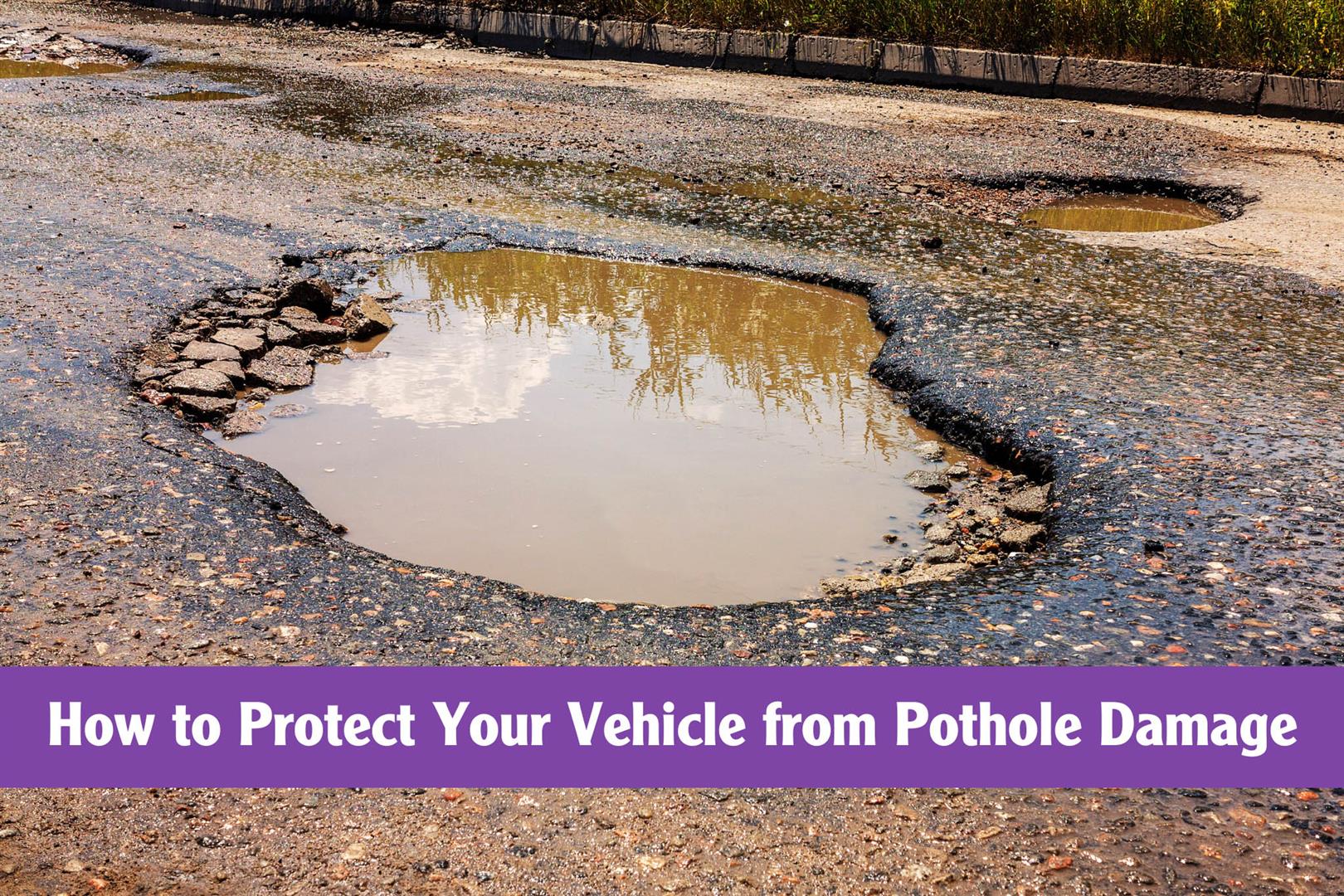
As winter gives way to spring, potholes start appearing on roads across Colorado. These road hazards are more than just an annoyance—they can cause serious damage to your vehicle. From bent rims to alignment issues, hitting a pothole can leave you with unexpected repair bills. Here are some tips to help you protect your car from pothole damage and keep it running smoothly. 1. Check Your Tires Regularly Your tires are the first line of defense against pothole damage. To reduce the risk: Maintain proper tire pressure: Underinflated or overinflated tires are more prone to damage when hitting a pothole. Inspect tread depth: Worn tires are less effective at absorbing the impact, increasing the chances of damage. 2. Slow Down and Stay Alert Speeding over potholes increases the likelihood of damage. Instead: Drive cautiously, especially on roads you know are prone to potholes Avoid distractions and keep an eye on ... read more
Posted on 2/12/2025
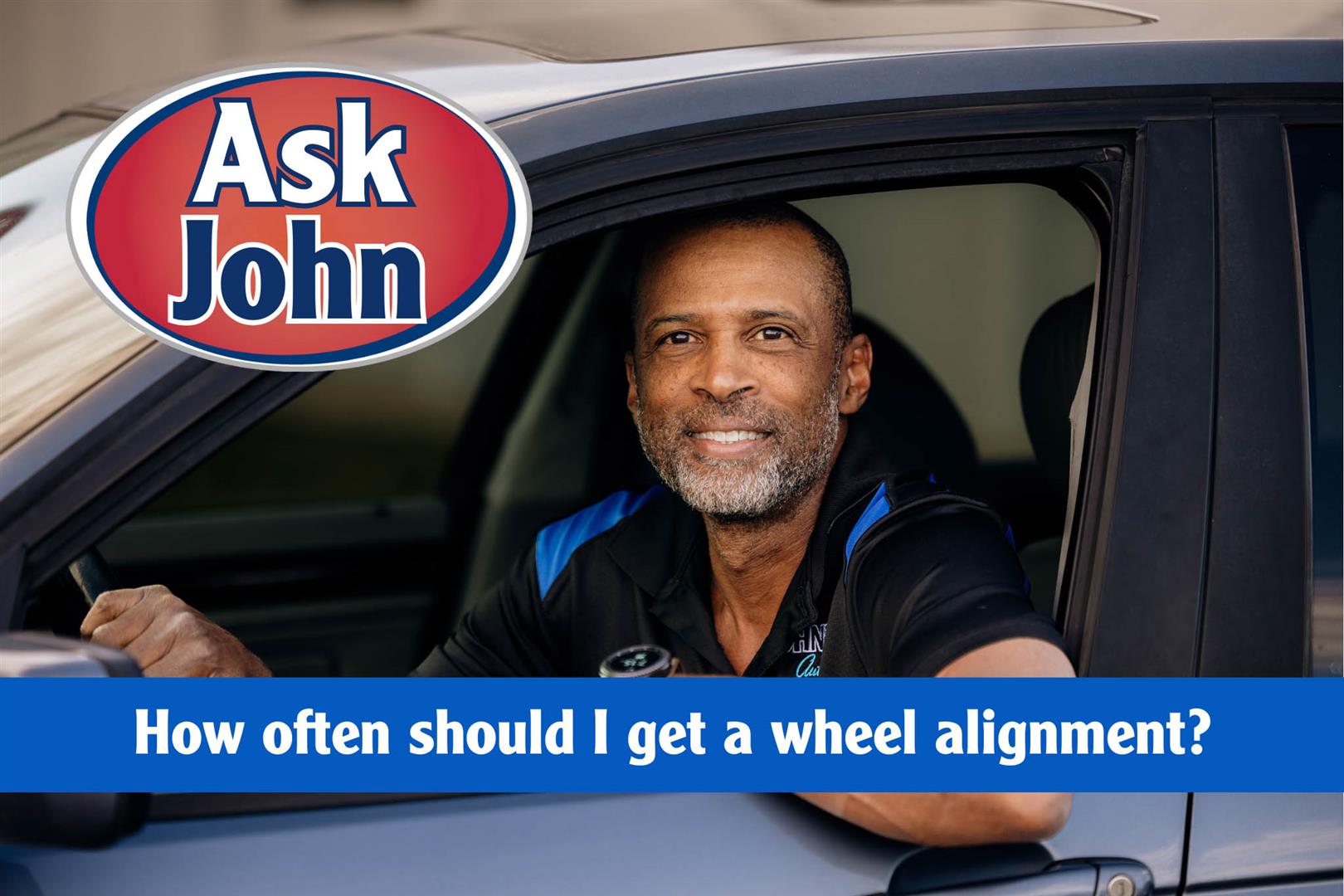
Hey there, Boulder drivers! John here, your friendly neighborhood mechanic, ready to answer another common car question: How often should I get a wheel alignment? Generally, most vehicles should have their wheels aligned about once a year or every 10,000-12,000 miles. But, as with most car maintenance, the real answer depends on your driving habits and road conditions. When to Consider a Wheel Alignment If you frequently drive on Boulder’s winding mountain roads or hit the occasional pothole, your wheels may get misaligned more quickly. Off-roading in your Tacoma or tackling snowy trails on the way to Eldora? That’s another reason to check your alignment sooner! Here are a few signs it’s time for an alignment: Your car pulls to one side while driving. The steering wheel feels off-center. Uneven tread wear on your tires. You hear unusual vibrations while driving. Why Wheel Alignments Matter A proper wheel alig ... read more
Posted on 1/13/2025
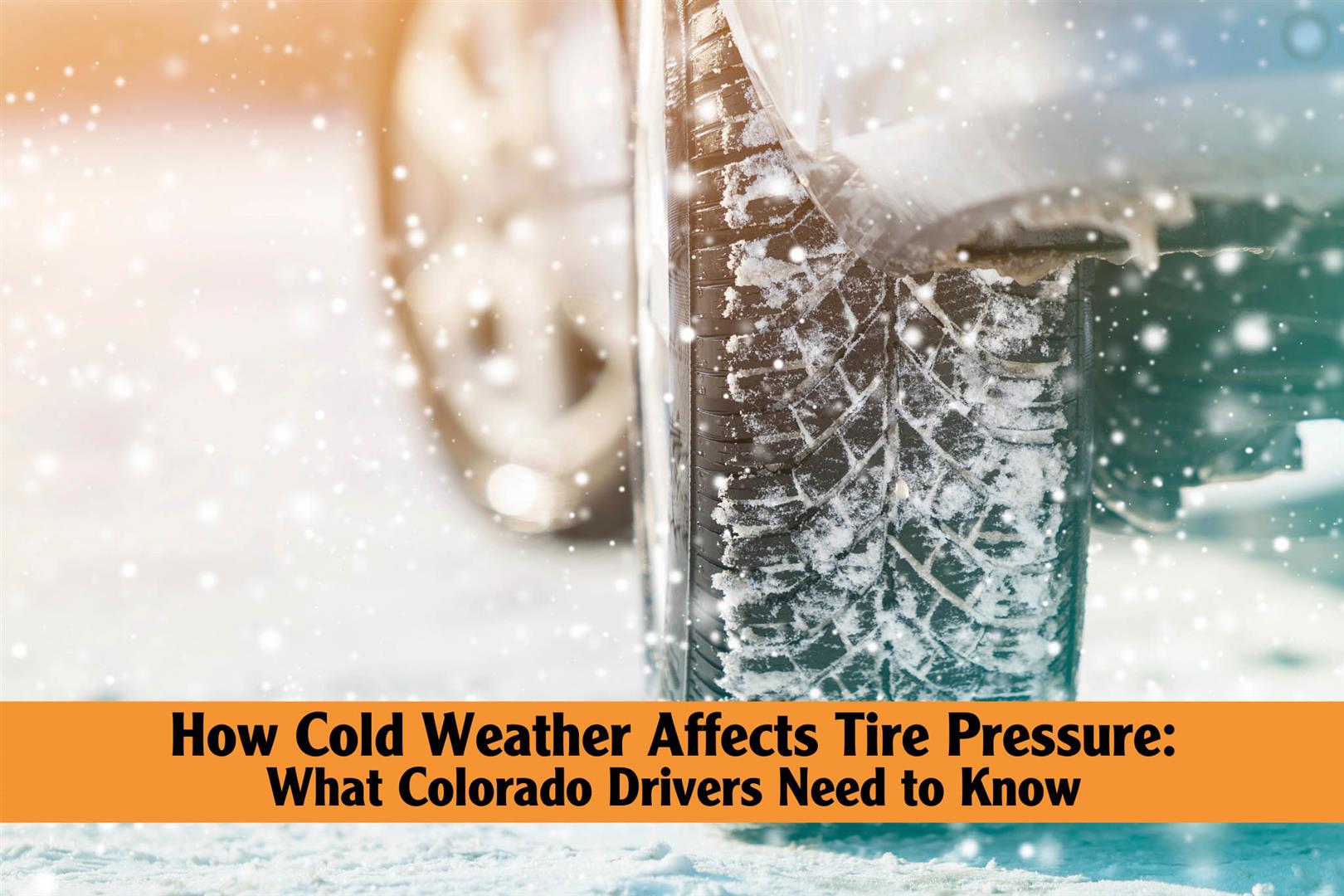
When winter arrives in Colorado, the temperature isn’t the only thing that drops – your tire pressure does too! As the mercury falls, the air inside your tires contracts, causing a decrease in pressure. This can lead to reduced fuel efficiency, uneven tire wear, and even safety risks. Let’s dive into why tire pressure matters and how to keep your tires road-ready this winter. Why Does Tire Pressure Drop in Cold Weather? For every 10-degree Fahrenheit drop in temperature, your tires can lose about 1-2 psi (pounds per square inch). For example, a tire properly inflated at 35 psi when it’s 70°F may drop to around 30-31 psi at 20°F. Since Colorado winters often bring significant temperature swings, this change can catch drivers off guard. Low tire pressure impacts more than just your ride comfort. It increases rolling resistance, which means your car has to work harder, lowering fuel efficiency. It also leads to uneven tire wear, shorteni ... read more
Posted on 9/30/2024
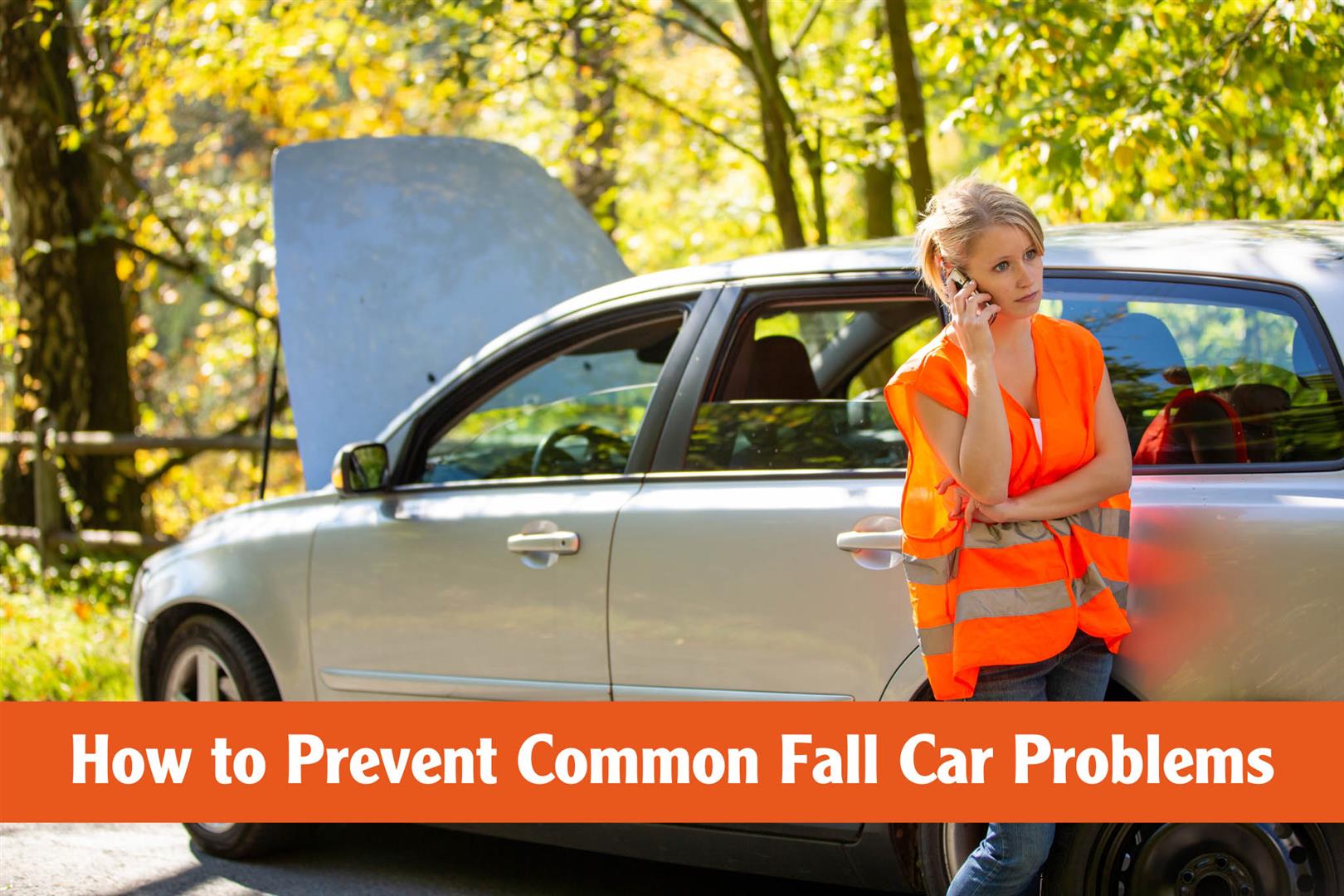
Fall in Colorado is a beautiful time of year, with vibrant colors, crisp air, and cooler temperatures. But as the season changes, so do the challenges that your vehicle faces. From unpredictable weather to temperature drops, fall can introduce a variety of car problems—especially if you’re heading into the mountains. Here are some common fall car issues and tips on how to prevent them: 1. Tire Pressure Drops As the temperatures in Boulder start to cool down, your tire pressure naturally drops. Cold air causes the air in your tires to contract, which can affect your handling, fuel efficiency, and tire wear. How to Prevent It: Regularly check your tire pressure as the weather cools, especially if you’re planning on driving into higher elevations where temperatures fluctuate more dramatically. Proper tire pressure is critical for staying safe on the wet and potentially slippery fall roads we often see in Colorado. 2. Battery ... read more
Posted on 2/26/2024
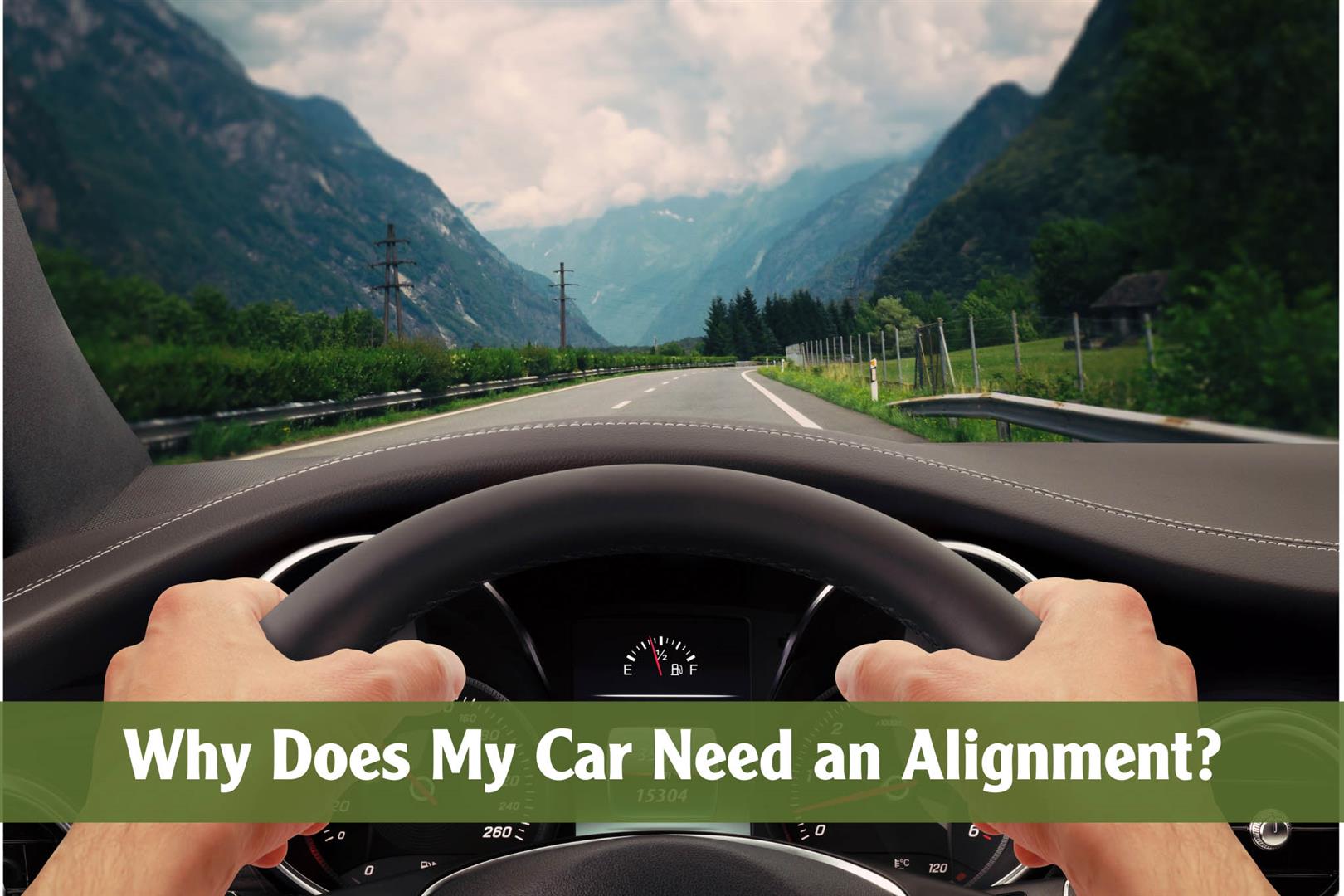
Have you ever felt like your car is pulling to one side, or noticed uneven wear on your tires? These are signs that your car may be in need of a wheel alignment. While it might seem like a minor issue, neglecting proper wheel alignment can lead to a host of problems down the road. Extended Tire Life: When your wheels are properly aligned, they all point in the same direction, ensuring even wear on the tread. Misaligned wheels can cause uneven wear on your tires, leading to premature tire replacement. By investing in regular wheel alignments, you can save money in the long run by maximizing the lifespan of your tires. Improved Fuel Efficiency: Believe it or not, proper wheel alignment can also contribute to improved fuel efficiency. When your wheels are out of alignment, it can create unnecessary resistance as you drive, forcing your engine to work harder and consume more fuel. When your wheels are correctly aligned, you reduce this resistance, allowing your car to ... read more